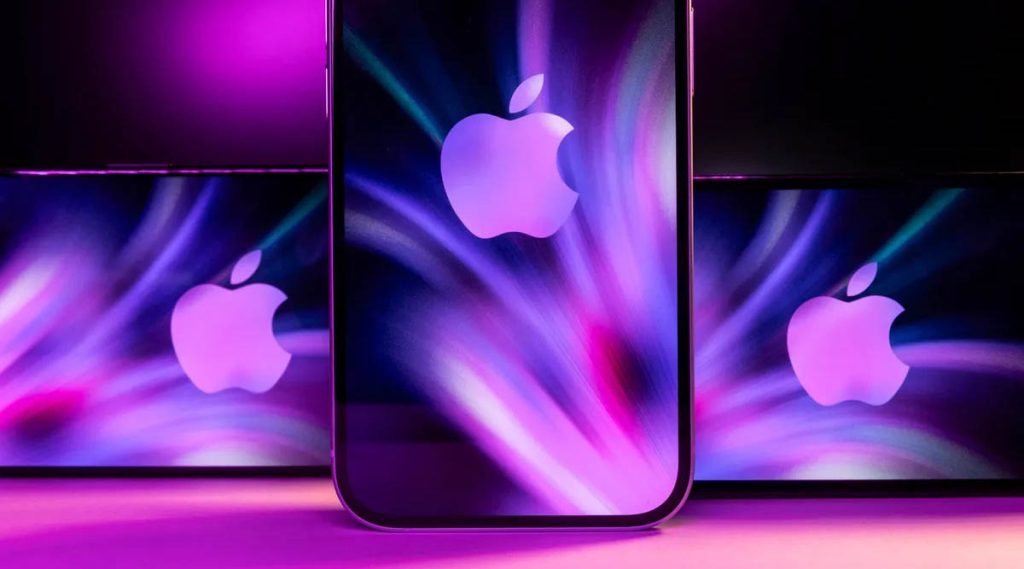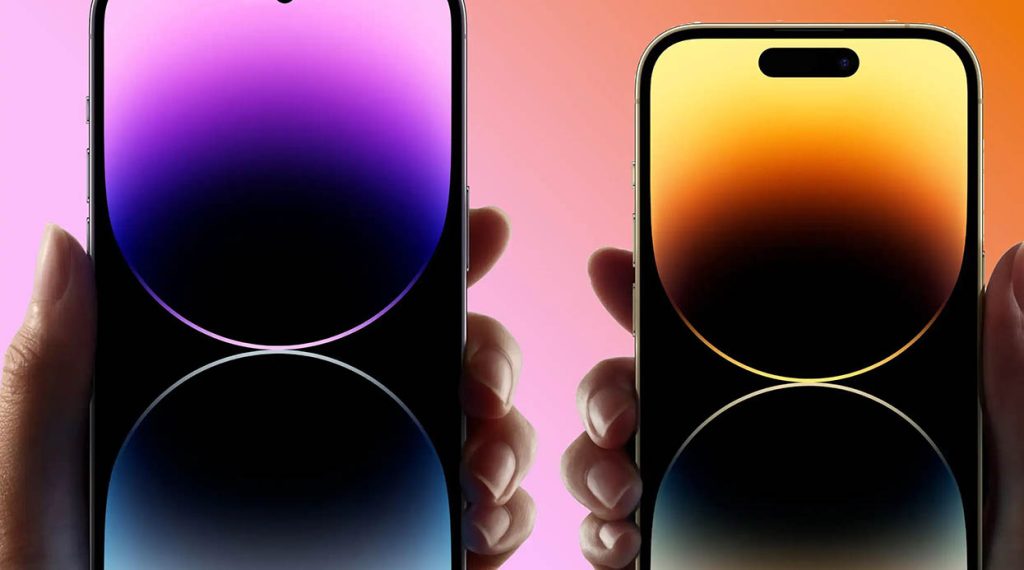Since the inception of the iPhone, Apple has consistently pushed the envelope with each new release, delivering innovative features and cutting-edge technology. As we approach the anticipated launch of the iPhone 16, many are speculating whether this new model will come with a higher price tag than its predecessors. In this article, we’ll explore the factors contributing to a potential price increase, including component costs, camera advancements, and the integration of artificial intelligence. Our goal is to provide a comprehensive and engaging analysis of what the price of the iPhone 16 might mean for consumers.
Components and Cameras: The Primary Culprits Behind iPhone 16’s Price Increase
1. Rising Costs of Components
With advancements in technology, the hardware components of the iPhone continue to evolve, which inevitably leads to higher production costs. The iPhone 16 is expected to feature next-generation processors and display technology, which will drive up manufacturing expenses. For instance, the iPhone 16 might be equipped with the new A18 processor. This chip promises enhanced performance and efficiency, but its advanced manufacturing process could increase production costs. Additionally, upgrades to OLED displays and other high-end components will further contribute to the price hike.
2. Upgrades to the Camera System
The camera system is a core selling point of the iPhone. Each generation brings improvements to meet users’ growing expectations for photo quality. The iPhone 16 is expected to incorporate new camera technologies, such as larger image sensors and higher-resolution ultra-wide cameras. These advancements will undoubtedly increase production costs. Larger image sensors capture more light and detail, improving low-light performance, while higher-resolution ultra-wide cameras offer a broader field of view and clearer images. The inclusion of these technologies not only enhances the shooting experience but also raises manufacturing costs.
Artificial Intelligence May Also Drive Up the Price
As artificial intelligence (AI) technology continues to advance, the iPhone 16 is likely to feature more sophisticated AI capabilities. The integration of AI not only enhances the phone’s intelligence but also provides a more personalized and accurate user experience. For example, the iPhone 16 might include an advanced AI processing unit for tasks such as image recognition, voice commands, and other smart functionalities. These high-performance AI modules require cutting-edge hardware, which in turn increases production costs. While AI advancements improve device functionality, they also contribute to a higher price point.
What Does the Price of the iPhone 16 Mean?

1. Impact on Consumers
If the iPhone 16 does indeed see a price increase, it will have a direct impact on consumers. Higher prices may require users to adjust their budgets when purchasing a new device. For those already accustomed to the iPhone ecosystem, the price hike might lead to hesitation before making a purchase. However, Apple often compensates for higher prices with enhanced product experiences, meaning that even if prices rise, consumers may be tempted to upgrade due to new features and innovations.
2. Effects on Market Competition
The pricing of the iPhone 16 could also influence market competition. As a leader in the high-end smartphone market, Apple’s pricing strategy often sets trends for other manufacturers. If the iPhone 16’s price increases, other companies might adjust their pricing strategies accordingly. Competitors may offer more cost-effective alternatives to capture market share, leading to a more diverse and competitive smartphone market. This could drive innovation and pricing adjustments across the industry.
New Physical Camera Button
1. Enhanced Usability
The iPhone 16 is expected to introduce a new physical camera button, which will significantly improve the convenience of taking photos. Traditionally, users have to interact with the touchscreen to capture images, which can sometimes affect stability. The new physical button will make the photo-taking process more straightforward and reliable, allowing users to capture moments more effortlessly.
2. Design Considerations
The introduction of a physical camera button may also impact the overall design of the iPhone 16. Apple is known for its attention to design aesthetics, and incorporating this new button will require adjustments to the device’s form factor. This could affect the thickness and weight of the phone, but it also has the potential to enhance user experience by making photography operations more comfortable and efficient.

Improved Zoom Functionality for All Pro Models
1. Enhanced Zoom Capabilities
The iPhone 16 Pro models are expected to feature improved zoom functionality, allowing users to capture clearer and more detailed images of distant subjects. The Pro models will likely support higher optical zoom levels, enabling users to take high-quality zoomed-in photos without compromising image clarity. Enhanced zoom capabilities will offer greater flexibility in photography, making it easier to capture high-quality images in various scenarios.
2. Expanded Use Cases
Improved zoom functionality will also expand the practical applications of the iPhone 16 Pro models. Users will be able to capture more detailed images of landscapes, architecture, and wildlife. Professional photographers and photography enthusiasts will benefit from the advanced zoom features, enabling more creative and expressive shots. This enhancement not only meets the demands of users seeking high-quality images but also provides additional opportunities for creative exploration.
Larger Image Sensor
1. Better Low-Light Performance
The iPhone 16 is anticipated to come with a larger image sensor, which will significantly enhance low-light photography. A larger sensor can capture more light, leading to improved image quality in dimly lit conditions. Whether shooting indoors in low light or outdoors at night, the larger sensor will provide brighter and clearer images, making low-light photography more effective.
2. Enhanced Detail Resolution
In addition to improving low-light performance, a larger image sensor will also enhance detail resolution. Users will be able to capture more detailed and high-resolution images, particularly in scenes with rich textures and fine details. This improvement ensures that photos are more accurate and visually appealing, meeting the needs of users who demand high-quality image resolution.
Vertical Camera Layout
1. Design Innovation
The iPhone 16 may feature a vertical camera layout, introducing a fresh and modern design element. This vertical arrangement of cameras not only optimizes space but also improves stability when taking photos. The design adjustment will likely enhance the overall aesthetics of the device, contributing to a more streamlined and visually appealing look.
2. Functional Optimization
The vertical camera layout could also optimize camera functionality and performance. For example, this arrangement may help the camera module capture light more efficiently, improving image quality. Such a design change could result in better photography performance, offering users a more enjoyable and effective shooting experience.
Higher Resolution Ultra-Wide Camera
1. Wider Field of View
The iPhone 16 is expected to feature a higher-resolution ultra-wide camera, providing users with a broader field of view. This enhancement allows for more comprehensive and detailed images when capturing landscapes, architecture, or large group photos. A higher-resolution ultra-wide camera also contributes to better overall image clarity and detail.
2. Adaptability to Various Shooting Needs
A higher-resolution ultra-wide camera will also accommodate a wider range of shooting needs. Users can capture more precise and high-quality images in various settings, from panoramic landscapes to large gatherings. This functionality enhancement caters to users who require superior image quality and versatility in their photography.
Several factors contribute to the potential price increase of the iPhone 16, including rising component costs, advancements in camera technology, and the integration of artificial intelligence. While a price increase may affect consumers and market competition, the iPhone 16’s innovative features and improvements provide significant value.
New features such as a physical camera button, enhanced zoom functionality, a larger image sensor, a vertical camera layout, and a higher-resolution ultra-wide camera promise to deliver an exceptional user experience. Although the price may rise, Apple typically offers compelling product experiences that justify the investment. We hope this detailed analysis helps you better understand the anticipated price of the iPhone 16 and the changes it may bring. As we await the official release, we can look forward to Apple’s continued innovation and advancements in smartphone technology.
